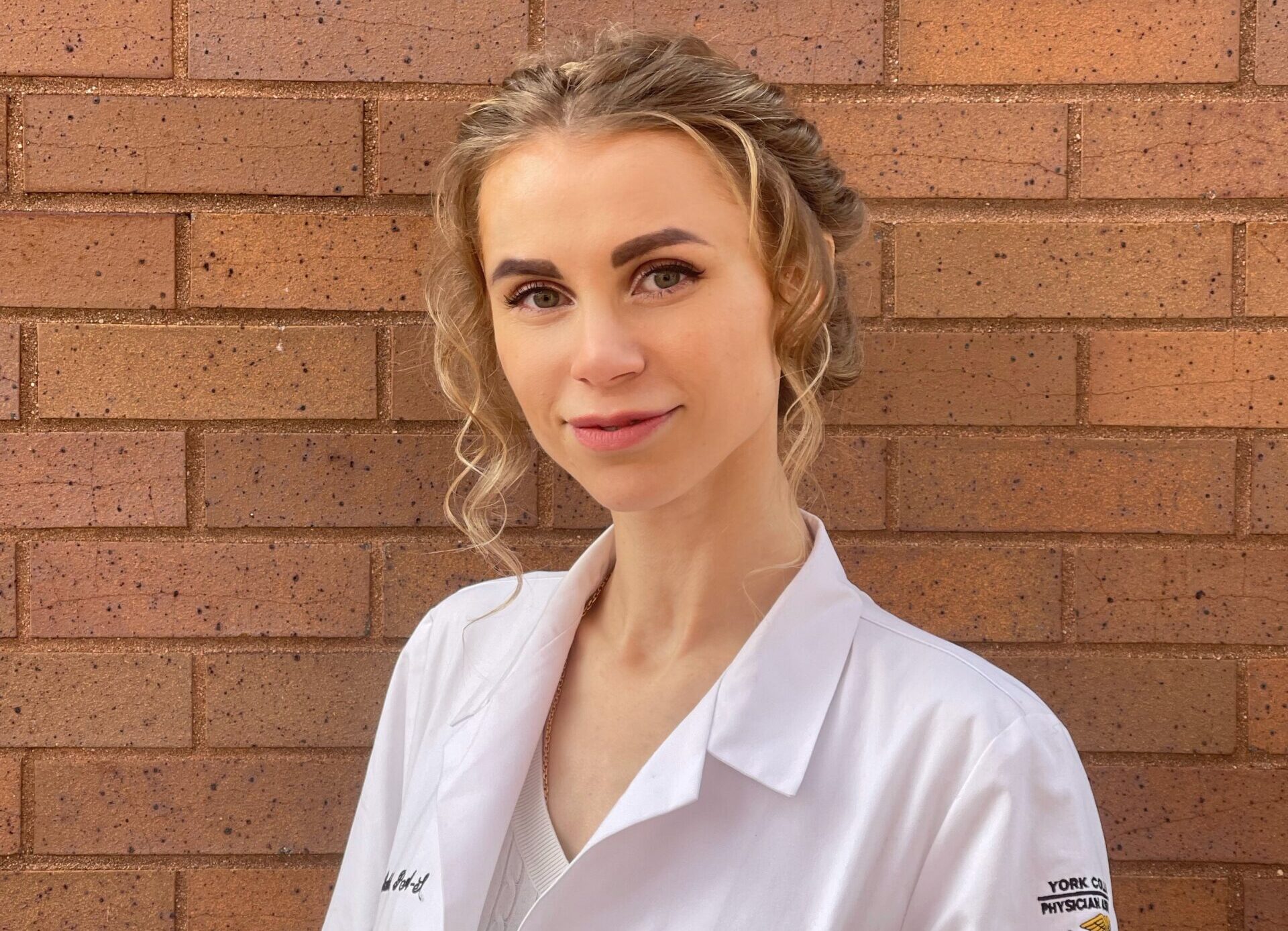Pediatrics was not one of the rotations I was looking forward to since I could not imagine myself being a children’s provider. However, my outlook on this specialty changed on my very first day. I go to train with an amazing pediatrician who was very thorough and knew her way around the kids. Watching her soothe, distract, and praise them once again reminded me I sometimes need to get creative in order to elicit history I need or get the patient to comply. Simple things like letting the child touch the stethoscope before examining them with it and/or doing a part of an exam on a parent first to demonstrate it’s not scary can go a long way. Also letting them know they did great and seeing how happy it made them was very rewarding.
Treatment strategies differ in pediatrics in comparison to the rest of medicine. Since children are more resilient than adults, they often are asymptomatic, but then, since their resources are more scarce, they decompensate quickly. With that in mind, we do a full sepsis workup and start immediate empirical treatment for an infant with a fever of unknown origin, even if it’s only for one day.
History taking in pediatrics focuses a lot on social aspects like is there a smoke/toxin exposure at home or in school, who do they live with, how they do in school, how easily they make friends, etc.
Catching up with those modifications was not difficult and, once it was done, the rest of the rotation went smoothly and was a lot of fun.
Skills I found difficult in pediatrics were the blood draws on a non-compliant patient. Kids can get combative, and it is a way better idea to try to soothe them and convince them to do it first before forcing. This ties into the most memorable patient encounter I’ve had. We had a family with four children who were exposed to TB and the adults were symptomatic and hospitalized. We needed to do blood draws on all four kids for testing. They were all in the same room and the youngest (about 9 y/o) was screaming the entire time like I’ve never heard a child scream before and fighting everyone. It took 5 members of staff to get the blood from him. He definitely made it very difficult, and time consuming for us and turned it into ordeal for himself. I have learned a technique of a blood draw with a syringe connected to a butterfly that I have not seen before which is very useful when patient is dehydrated or very petite. I have also learned that in a situation with multiple kids it might be useful to draw blood one by one other than having all kids in one room as it creates an unnecessary apprehension.
In terms of encounters that make my heart warm, a NICU was a very special place to be at. The patients are so tiny and fragile (and, needless to say, cute) but also it was an excellent place to listen to heart murmurs as I would listen for 15-20 min a day to each patient and, on day 4, I finally learned how to discern them when the heart rate is in 150s and it was cathartic.
After this rotation my view of pediatrics had definitely changed and, thanks to great providers I got to work with who were very willing to teach, I gained so much needed clarity on most common childhood pathologies and am no longer feeling challenged when facing a pediatric patient.


